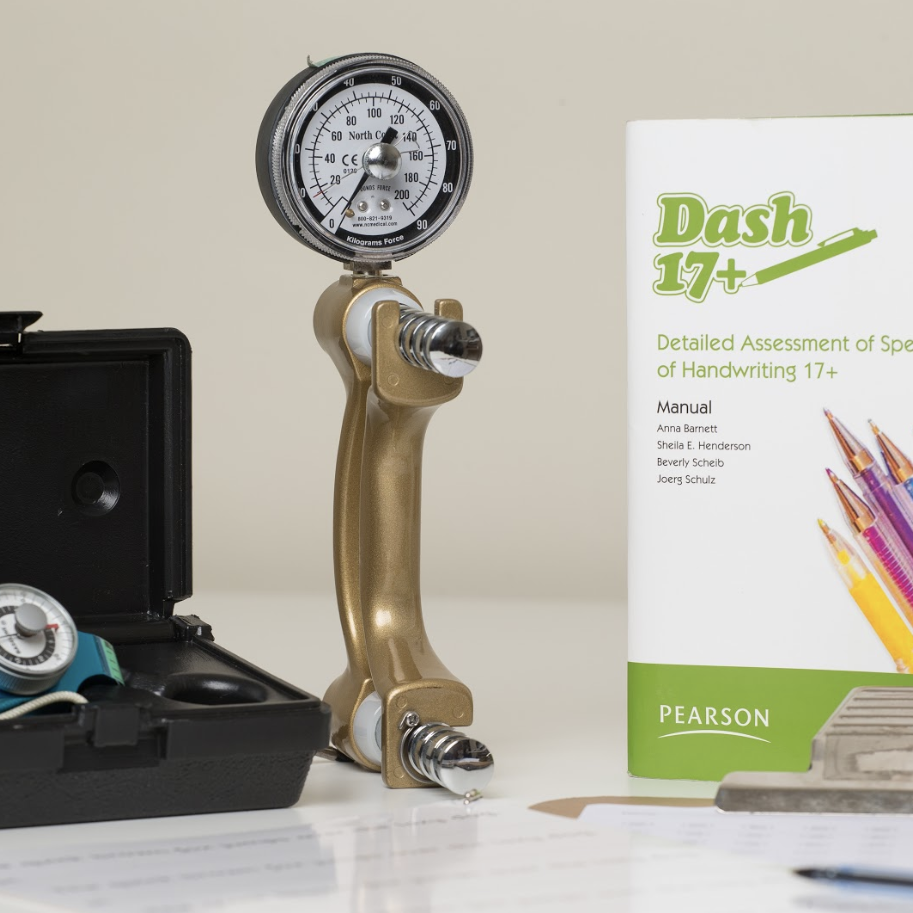1 Custom made splints for the upper extremity
Splints are designed to immobilise joints, prevent/correct deformities, provide rest and pain relief, improve function, assist in muscle re-education.
2 Edema management
Techniques commonly utilised at our practices include elevation, cold therapy, compression bandaging / garments, manual edema mobilisation, contrast bathing and movement to activate muscle pumps.
3 Custom made compression garments
Compression garments are applied for burns and traumatic hand injuries, chronic pain, amputation, edema and scar management.
4 Scar management
Techniques utilised to improve the appearance of scars within the first year of healing includes compression, silicone gel dressings, massage and desensitisation.
5 Nervous system re-education
Techniques used in an attempt to retrain sensory pathways or stimulate unused pathways can include the handling of different textured objects, massage, vibration, pressure, determining joint position, identifying different temperatures and electrical stimulation.
6 Taping techniques
Facilitates the body’s natural healing process while providing support and stability to muscles and joints without restricting the body’s range of motion.
7 Therapeutic activities, range of motion, tissue mobilisation and strengthening.
These modalities are utilised to improve functional use of the upper limb and facilitate return to meaningful activities.
8 Group rehabilitation for work injuries
The aim is to strengthen clients hands and upper limb and to get them fit and strong for early return to work by making use of functional activities and simulated work tasks.
9 Assistive devices
Education is the key in managing chronic hand conditions. We stock a variety of assistive devices which are often recommended to reduce the load on joints or to promote functional independence, especially in clients with chronic hand conditions, arthritis or injuries such as amputations.
10 Handwriting assessments
In cases where students or senior learners experience difficulty during exam or test situations due to handwriting related problems we can perform standardised assessments to highlight problem areas and make appropriate recommendations to assist the student or learner.















